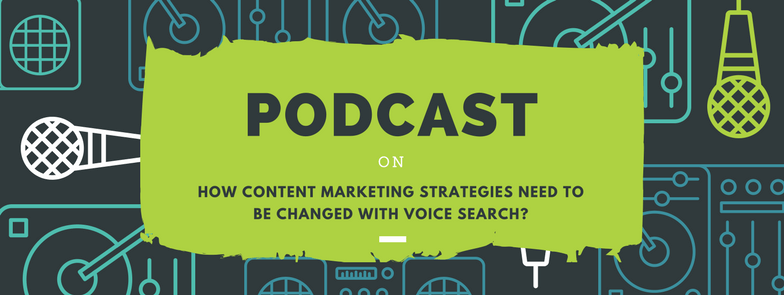Google has always been upfront about the user experience and providing its user the best search experience. Working towards achieving this goal, in November 2020 Google declared its “page experience update”, which will be included in the Google search ranking. Google will use page experience signals, to measure the user interaction and experience on a web page, and further will rank them based on the user experience.
It means you will get a preview of what the page has to offer before actually clicking on it. This will save time as well as it will let the user go for the content that they are looking at, instead of scrolling through plenty of pages.
This can lead to a question i.e How will the websites be affected by this measure?
Google also stated that this algorithm change is for the benefit of the websites also, as it will highlight the pages that offer a great user experience, pages will load quickly and are more mobile-friendly. This will push websites to change their user experience, to stay on top of the results.
According to Google
“The page experience signal measures aspects of how users perceive the experience of interacting with a web page. Optimizing for these factors makes the web more delightful for users across all web browsers and surfaces, and helps sites evolve towards user expectations on mobile. We believe this will contribute to business success on the web as users grow more engaged and can transact with less friction.”
In Layman’s terms, Google is highlighting the websites where user experience is superior. It is making sure that the user has the freedom to choose the websites based on how the websites are treating them.
Danny Sullivan of Google, mentions very clearly that it is not stirring up the whole algorithm, just filtering the best ones to keep on top and acknowledging pages with great content, to improve their user experience to stay at the top and get highlighted.
It’s like if you look for perfumes on a website, it will showcase perfumes like Versace, Tom Ford, at the beginning as they are user-favorites. This is what Google is trying to do with the websites.
WHAT THE NEW PAGE UPDATES INCLUDE?
In May 2020, Google announced that they will include page experience signals including:-
Core Web Vitals - It is a set of factors that Google considers, will help improve the web page’s overall user experience. It comprises Largest Contentful Paint(LCP), First Input Delay(FID), and Cumulative Layout Shift (CLS).
This will be combined with Google’s existing search signals which are:-
1- Mobile-friendliness:- Google uses mobile-first app indexing to showcase the useful content from the apps to allow users to find mobile-friendly web pages. Google prefers mobile web pages as it has more visitors. Based on the new updates, Google will use mobile-friendliness as a ranking single. It will allow users to find relevant and high-quality, optimized search results on their devices.
And secondly, it will use information from indexed apps as a factor in ranking for the sign-in users with installed apps on their device. This will allow them to show content from indexed apps evidently in search results.
2- Safe-browsing:- Safe browsing has helped sites to fix security issues in their website. It was started to make the internet a safe place and to prevent malicious content or malware.
3- HTTP-security:- HTTP security was introduced in 2014 by Google to allow secure communication between the browsers and the servers. Communication takes place in the form of an encrypted exchange of data. It is a small ranking signal and is generally used to protect sites and users from any sort of cyber-attacks.
4- Intrusive interstitial Guidelines:- Intrusive Interstitials are popups. It hinders the user experience by blocking half or full pages. It usually creates a negative user experience and hence, Google announced an Intrusive Interstitial Penalty in 2017.
The tools which should be used by publishers to check and improve their user experience:-
Console Reports - To check the user experience, Look into Core Web Vitals to get an in-depth look at the website’s performance.
PageSpeed Insights and Lighthouse- To get an analysis of the content of the page and required suggestions to make the page faster.
Web.dev/Vitals-tools- For a roundup of all required tools which the webmaster needs to use on their website.
The algorithm changes will be rolled out in Mid - June-2021 and will be fully effective until the end of August -2021. This will let the users go to the pages that they enjoy. Google is working for its users like it has been doing all these years. As Danny Sullivan said, the websites should pay attention to what the users are wanting and what their competitors are providing, and they should work to fix their user experience.




